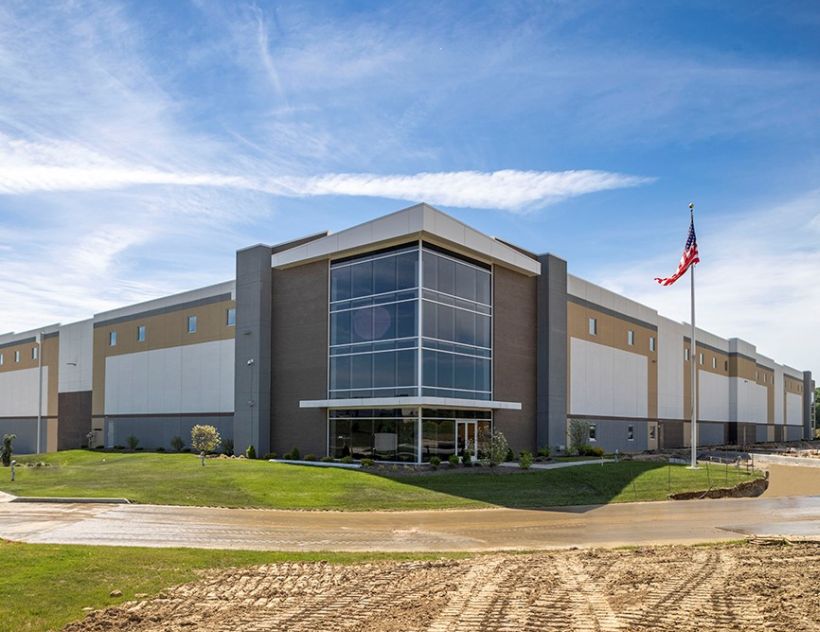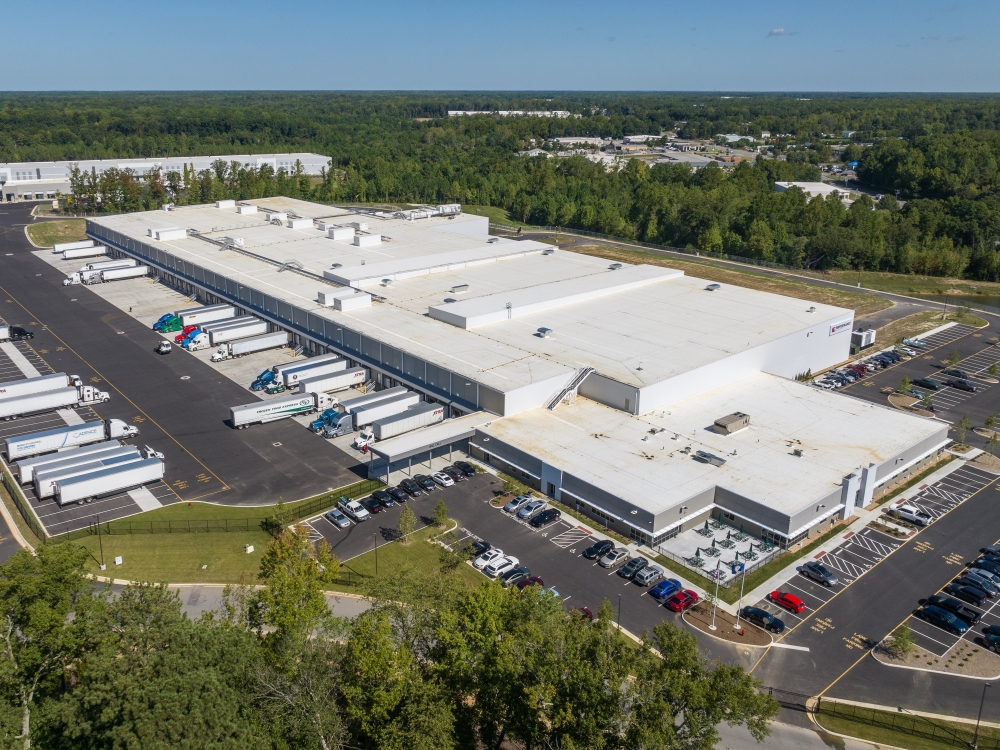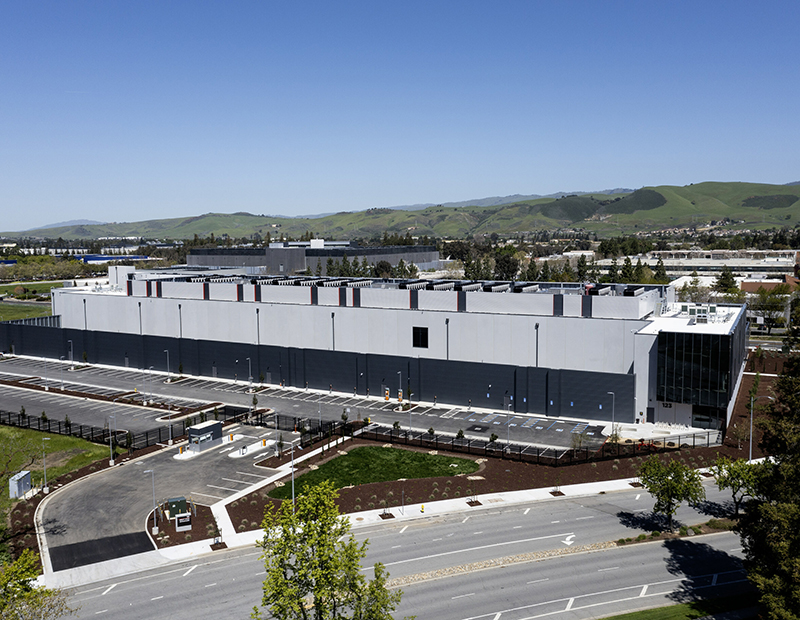NortH2: Europe’s Largest Green Hydrogen Facility
In the first phase, the NortH2 project translates to the construction of large wind farms that can gradually grow to a capacity of roughly 10 gigawatts.
https://www.youtube.com/watch?time_continue=1&v=HU7F3BU3jpo&feature=emb_title
The quest for clean energy production continues in Europe, where the largest green hydrogen production mega-facility has been announced. A new consortium comprising Gasunie, Groningen Seaports and Shell Nederland has launched the NortH2 green hydrogen project—a facility that is to produce green hydrogen using wind energy.
Hydrogen is typically produced from natural gas and coal, as such, its production is an abundant source of carbon dioxide emissions. More recently, hydrogen is produced by wind and solar power via electrolysis, which is splitting water molecules into hydrogen and oxygen atoms, without the damaging emissions. In other words, it is contributing to the decarbonization of the industry. Moreover, hydrogen is an important energy carrier as it can not only serve as a buffer to the fluctuations specific to solar and wind power, but it is also relatively uncomplicated and safe to produce and can be stored easily, unlike electricity.
Project phases
In the first phase, the NortH2 project translates to the construction of large wind farms that can gradually grow to a capacity of roughly 10 gigawatts. The plan also includes a large electrolyzer facility in Eemshaven, where the wind energy is converted into green hydrogen. The newly formed consortium also considers placing the electrolyzers offshore. Ultimately, the plan includes a smart transport network in the Netherlands and northwest Europe, which will deliver the 800,000 metric tons of green hydrogen. The project is estimated to save seven metric megatons of carbon dioxide emissions per year in 2040. Gasunie’s natural gas infrastructure will be used for the storage and transport of hydrogen.
READ ALSO: North Sea Wind Farm Offers New Model
Work on the project will begin this year with a feasibility study, which if proves successful, should enable the consortium to produce hydrogen by 2027. Other factors that can help or hinder the project are related to permits from governments, the assignment of new wind farm locations in the North Sea, the available locations for hydrogen facilities and the final investment decisions of the parties involved. Its substantial scale most likely will require European and national subsidies for the decarbonization of energy.
The northern region of the Netherlands is ideally positioned to become the country’s and northwestern Europe’s center of green hydrogen. The North Sea has great potential for offshore wind energy production and of hydrogen onshore.






